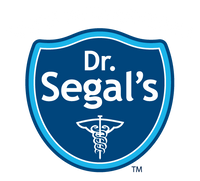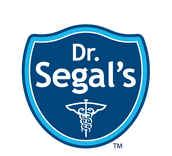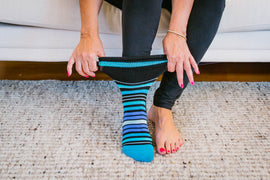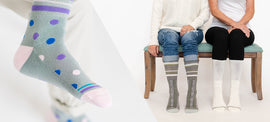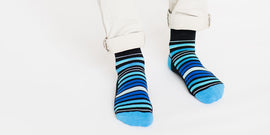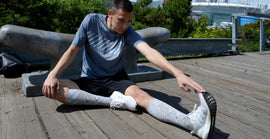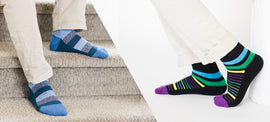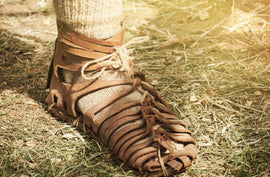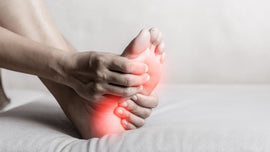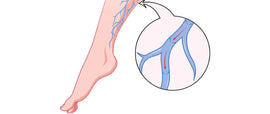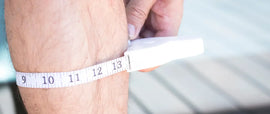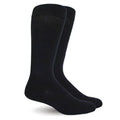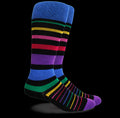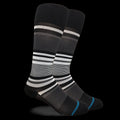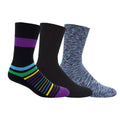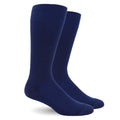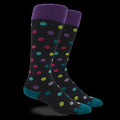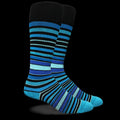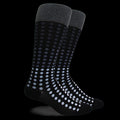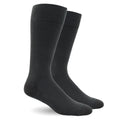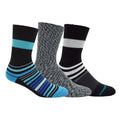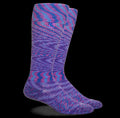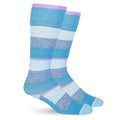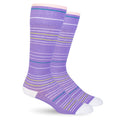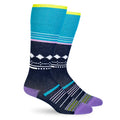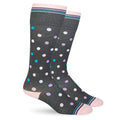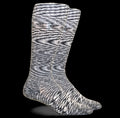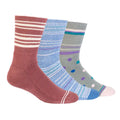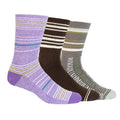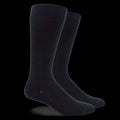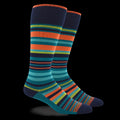6 Easy lifestyle changes to help with Varicose Veins
Posted by SHOPIFY API
It’s estimated that about 20% of all adults will get Varicose Veins at some point in their life Varicose Veins. While they are more common as you get older, many young people experience them as well.
Fortunately there are many easy lifestyle changes you can do to help prevent the development of Varicose Veins, as well as how to manage and treat them. Keep reading to learn more!
WHAT ARE VARICOSE VEINS?
Before we get into lifestyle changes you can do to help with your Varicose Veins, you should understand what they are.
Varicose Veins are an extremely common condition caused by damage or weakened vein walls and valves. The superficial veins under the skin can become enlarged or twisted due to the weakened vein walls and valves, resulting in veins that are dark purple or blue in color. They often appear bulging and twisted and occur most often in the legs.
Within veins there are one-way valves that open and close to keep blood flowing towards the heart. When these valves or vein walls are damaged it can cause blood to pool and potentially flow backward. This is known as reflux. When this occurs, veins can grow larger and become distorted, resulting in Varicose Veins.
LIFESTYLE CHANGES TO MANAGE AND TREAT VARICOSE VEINS
1. Exercise
Exercise - Regular exercise encourages better circulation of blood in your legs which helps push along the blood that collects in your veins. Exercise can also help lower your blood pressure which can be a contributing factor to Varicose Veins.
Some exercises that are low-impact and that can get your leg muscles working without excessive strain include:
-Biking
-Yoga
-Swimming
-Walking
-Hiking
2. Compression Therapy
Wearing Compression Socks daily can help prevent and relieve Varicose Veins by increasing circulation in the lower legs. Compression therapy works to push the blood from the surface veins into the deep veins and back to the heart.
This reduces the pressure in the vein which decreases swelling in the feet, ankles and legs, and provides relief from aches and pain in the lower legs. Dr. Segal’s provides both mild and moderate Compression Socks that are excellent for treating symptoms of Varicose Veins and other vein diseases.
3. Massage
Gently massaging the affected areas can assist with blood moving through the veins.
It is crucial, however, to avoid pressing directly onto the veins as this may damage fragile tissues. It is recommended to use gentle massage oils and light pressure for optimal effect.
4. Elevate Your Legs
Elevating your legs and feet can provide temporary symptom relief by encouraging the blood to flow back towards your heart instead of pooling in the lower legs and feet.
Try lying down and propping a pillow under your legs and feet, or try lying on the ground with your feet up on a wall. In addition to helping provide Varicose Vein symptom relief, this position can be very relaxing!
5. Wear Non-restrictive Clothing
Wearing clothing that is too tight can restrict blood flow. You may find that your blood circulation is improved by wearing loose-fitting clothing that doesn’t restrict the blood supply to your lower body.
Avoid wearing pants with tight cuffs at the ankle and waist-band, as well as socks with a tight cuff around the ankle.
6. Seek Medical Treatment
For more severe Varicose Veins in the legs and elsewhere, there are various medical treatments such as Sclerotherapy , Laser Treatment or Endovenous Laser Varicose Vein Surgery
Compression wear is recommended after these treatments to prevent resurgence. ALWAYS speak with your physician to decide what form of treatment is best for you.
Browse our Stylish Designs
TAGS:
SHARE:

